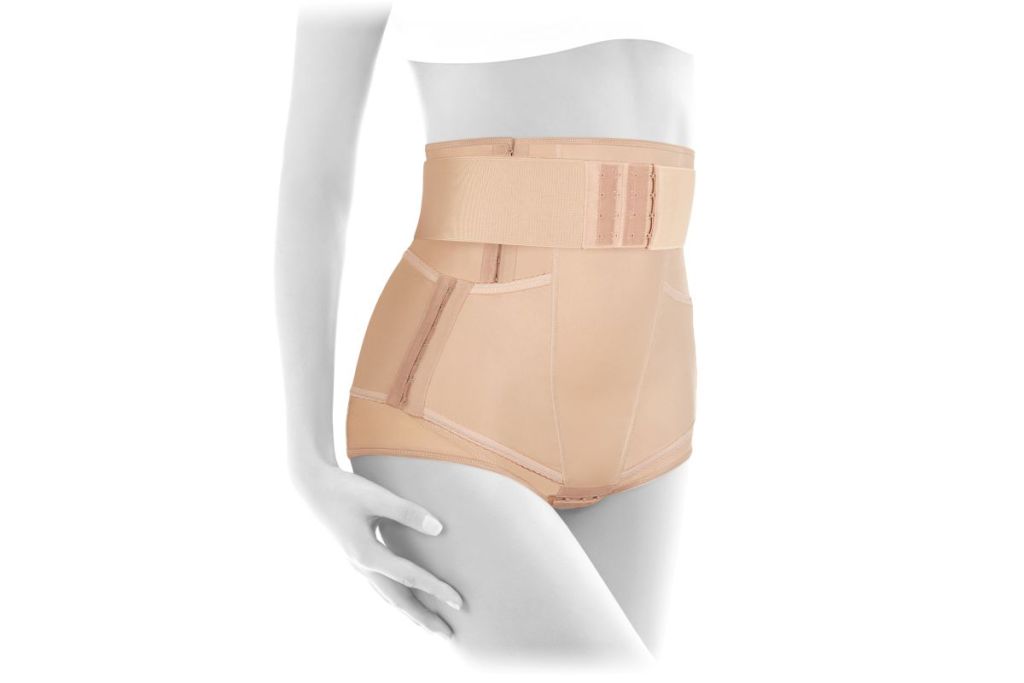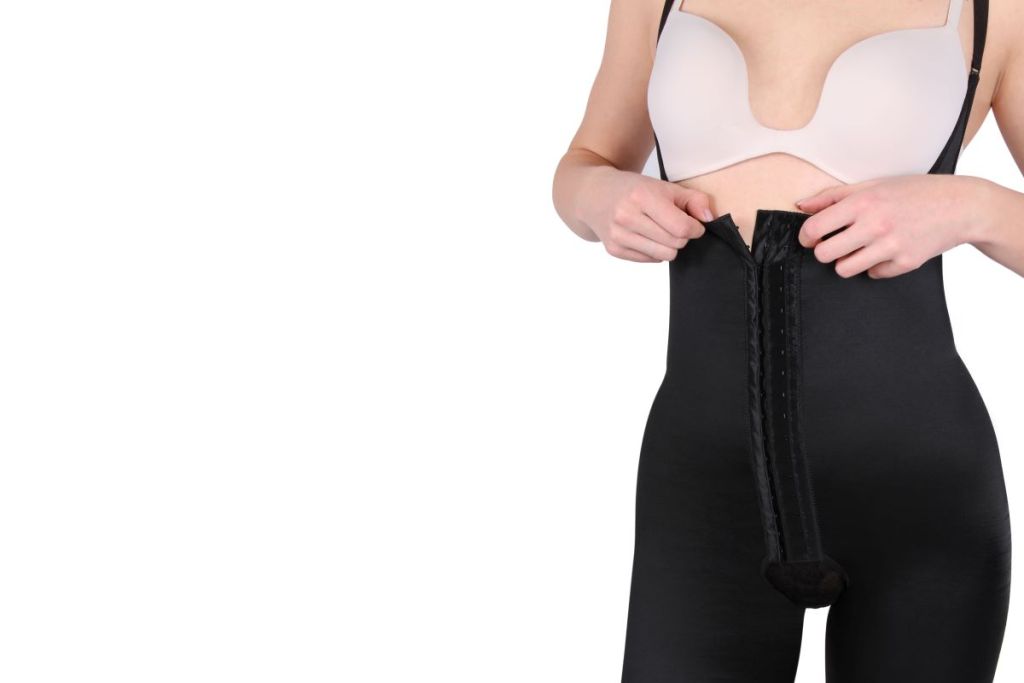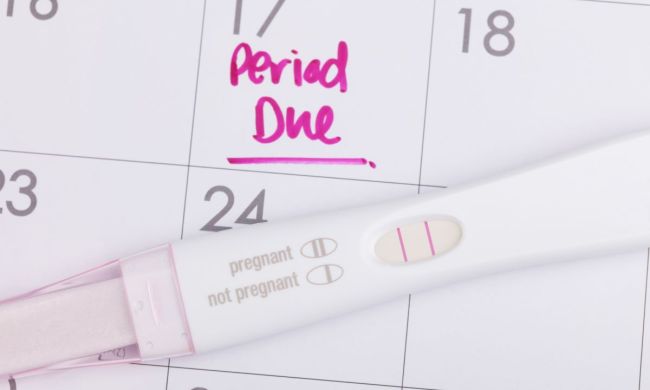Just after giving birth, your body starts adjusting to hormone fluctuations and the journey back to its pre-pregnancy state. So, dealing with soreness in your core isn’t the top item on your busy to-do list. One idea for alleviating this discomfort is to wear a postpartum belly wrap. And if you’ve ever wondered if they work, we’re ready to share that info with you, along with some recommended quality bands. Do postpartum belly wraps really work? How long should you bind your belly after birth? So many questions. Here are the answers. Read on.

Do postpartum belly wraps really work? Here are some pros and cons
More research still needs to be done to determine how effectively the postpartum belly wrap helps with the healing process after giving birth. For starters, for simply losing the extra baby weight gained during pregnancy, these bands may not work. However, they support abdominal muscles and in the case of recovery from a cesarean section, they protect the incision and its surrounding area. Basically, if you can picture wrapping a sprained ankle or a sore knee with a bandage to give the joint extra support in order to take the strain off the affected muscles, the postpartum belly wrap works in a similar manner to support the abdominal and upper pelvic areas.
Like any other device or accessory that claims to speed up healing, postpartum belly wraps come with their own set of pros and cons, which mostly depend on how you use them.
Advantages
One benefit to wearing the postpartum belly wrap, as mentioned, involves supporting the muscles in your core. This added support helps with improving your posture, stabilizing the pelvic floor to prevent accidents, and if you’re dealing with diastasis recti, a condition where your stomach muscles on each side split apart during pregnancy and labor. The wrap provides gentle compression of these muscles as they gradually move back to their original state.
Drawbacks
As far as any disadvantages go, the postpartum belly wrap presents very few, most of which relate to the type or size you’re using and if you’re not wearing it properly. Some adverse effects include soreness around the edges of the band or around the core, pain on the incision site, prolapse of the pelvic floor, or skin irritation.
While these signs shouldn’t be ignored, most of them can be resolved by loosening up the wrap. Wearing a postpartum wrap too tightly can prevent adequate circulation and end up creating more discomfort instead of relief. Plus, muscles can be squeezed too tightly, which slows the healing process rather than giving support to the area. Moreover, if you’re experiencing a rash or itching in the area underneath the belt, then you might be having an allergic reaction to the material. Thus, you might need a different type of wrap.
How long should you bind your belly after birth?
One other factor that affects the use and effectiveness of the wrap is timing. Most manufacturers of postpartum belly wraps recommend wearing them during the first six to eight weeks after giving birth for only 10 to 12 hours per day. Most importantly, you’ll need to make sure it’s not too snug. Another important tip to remember is to go without wearing the wrap for a few minutes periodically to allow your skin to breathe and to ward off perspiration. And definitely refrain from wearing the wrap at night.

Best postpartum belly wraps that are comfortable and practical
Along with the 411 on postpartum belly wraps, we’ve also researched the best options of wraps that include the following.
The Bellefit Postpartum Girdle Corset
This FDA-approved medical device works for recovery from natural birth or c-section. The adjustable front hooks give you a comfortable fit without being too snug. This girdle also supports the stomach and lower lumbar muscles, thus making mobility more comfortable.
The Belly Bandit Original Postpartum Belly Wrap
Belly Bandit offers a variety of products that aid in postpartum recovery, one of which is their Original Postpartum Belly Wrap. This product’s features include nine inches’ worth of adjustability and comfortable support and compression all around your core area.
Chong Erfei 3-in-1 Postpartum Support
This set comes with three belts that can be worn during different phases of your recovery, along with a detailed guide that explains each stage of postpartum recovery and when each component should be worn. The Velcro straps also enable easy adjusting, and the breathable fabric makes allows for cool comfort.
Ortonyx Abdominal Binder
Consisting entirely of breathable elastic, this wrap provides cool comfort and substantial support to the abdomen, pelvis, and lower back muscles while providing a slimming effect. The soft inner lining makes this band comfortable to wear for long periods during the day. Plus, it stays in place.
Another great resource of information about which postpartum wrap to choose is your healthcare provider or a midwife. Plus, you shouldn’t hesitate to call with any questions about discomfort or symptoms. Having a baby is no small feat, and the more support (no pun intended) you have, the more smoothly these first weeks will pass.



